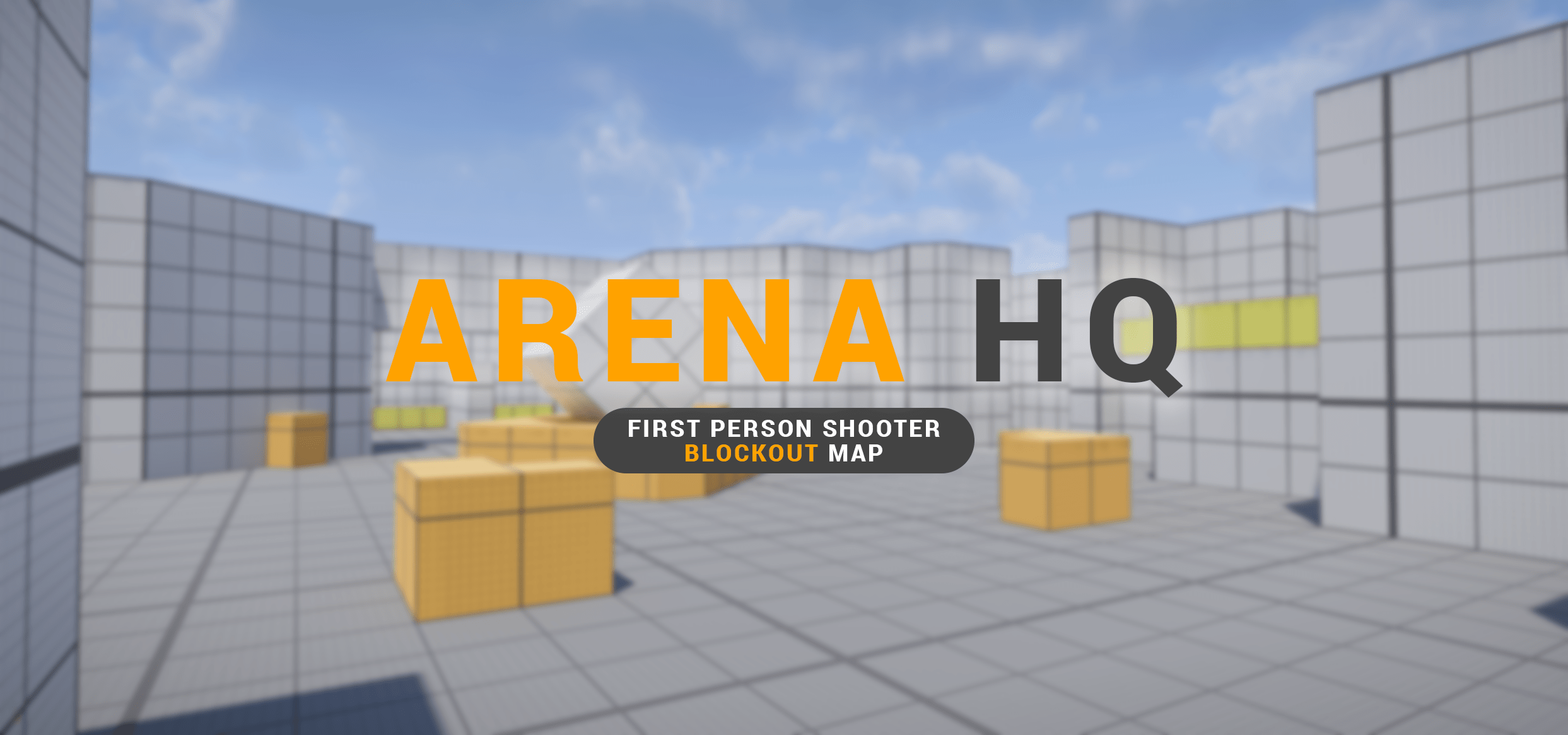
WHAT'S IT ?
Information :
The idea behind this level design is to create an example of an arena map for a fast-paced shooter. The arena features a central zone represented by a point of visual interest. As well as two point capture zones (A and B).
Some data :
1
I'm alone on the project.
5
Hours
Objectives :
The aim is to produce an example of an arena map for an FPS. To show the elements I take into consideration when designing:
- Analyzing the various important Lines of Sight in order to break them or use them for long-range gameplay.
- The positioning and use of covers for the player to have safe zones.
- Positioning spawns at fairly equal distances, so as not to favour one team over another.
- Different levels of verticality to offer a varied attack vector experience.
- Manage the number of attack vectors to prevent players from being overwhelmed.
- Offer different paths that lead to the same location, or to points of interest.
- Spawn exits that are not on the same plane to avoid spawn kills at overly powerful positions.
- Play with wall positions rather than too many covers to break up lines of sight.
LEVEL DESIGN :
Cover Metrics :
Here are the metrics I’m going to use for my design. All covers under 2m50 can be climb.
- Low Cover : allows the player to be protected when crouching.
- Mid Cover : protects half the body and lets you shoot while standing.
- High Cover : protects the whole body, does not allow you to see over it, but can be climb.
To help players understand what they can and can’t climb, avoid using covers between 2m and 2.50m.
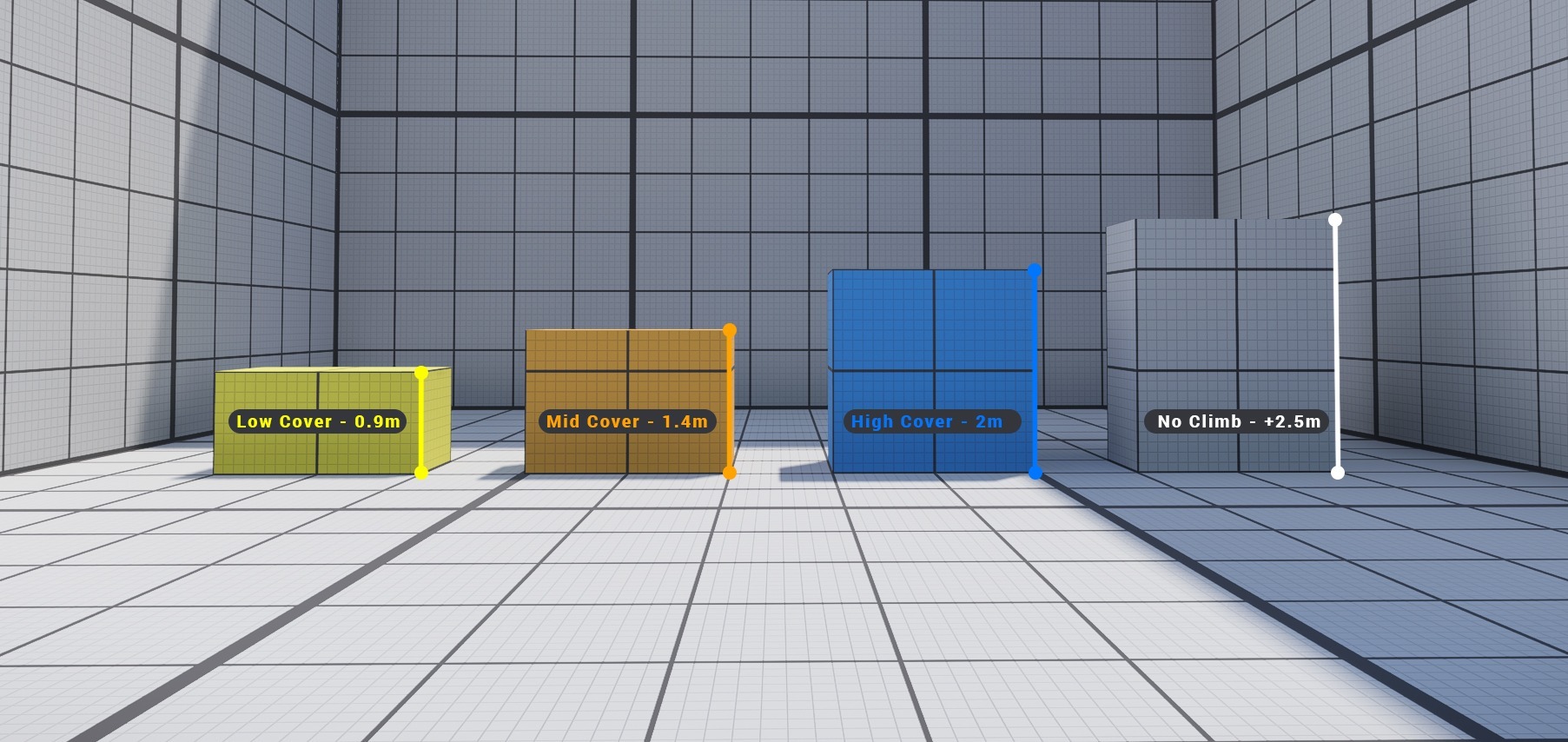
Top Down :
The top view shows the layout of the various access paths available on the map. The two spawns are at fairly equal distances from the center. The spawns offer 3 exits on different planes and with different opportunities.
The map is best suited to short-range weapons, but could also be used by snipers, as there are still some interesting line-of-sight opportunities.
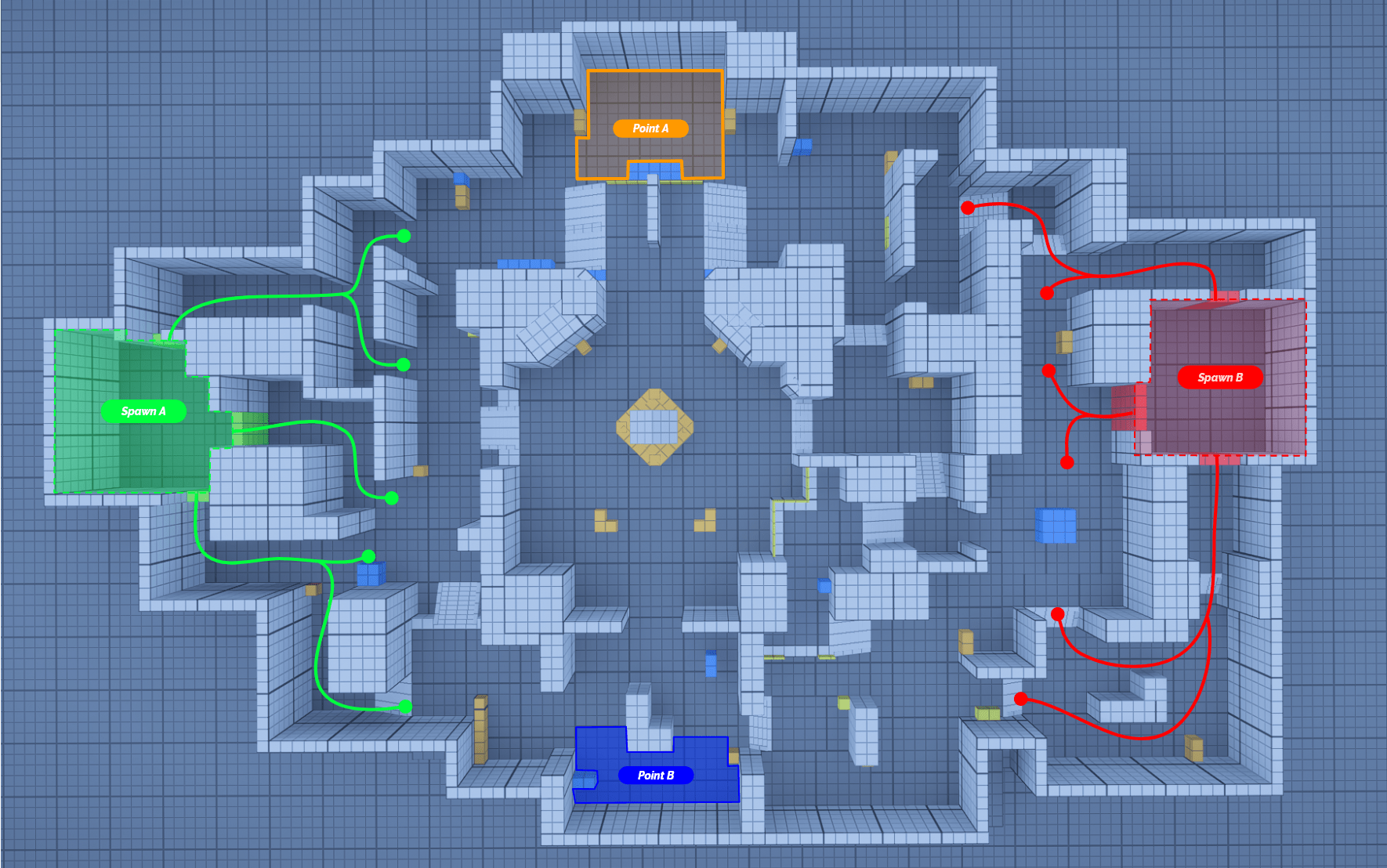
Example of a situation - [Point A] :
In these situations, I try to show the different opportunities for the player to access points of interest. At the same time, they are in interesting positions to confront other players.
The central position of the Losange is less rich in cover to show that it’s a dangerous place. Even if it’s easy to flank opponents, you’ll have to accept the risk of being more easily vulnerable.
And I show you how I block the crossfire between the two ends of the map = by adding one or more line of sight breakers.
The white lines represent the potential cones of view of the players according to their positions.

Example of a situation - [Point B] :
The same goes for point B, where the player has different opportunities. Near points of interest, you’ll find rather strong positions with limited vision (to avoid camping), while in the center you’ll find rather tricky positions, to force the player to move, so that he can flank or confront his opponent.
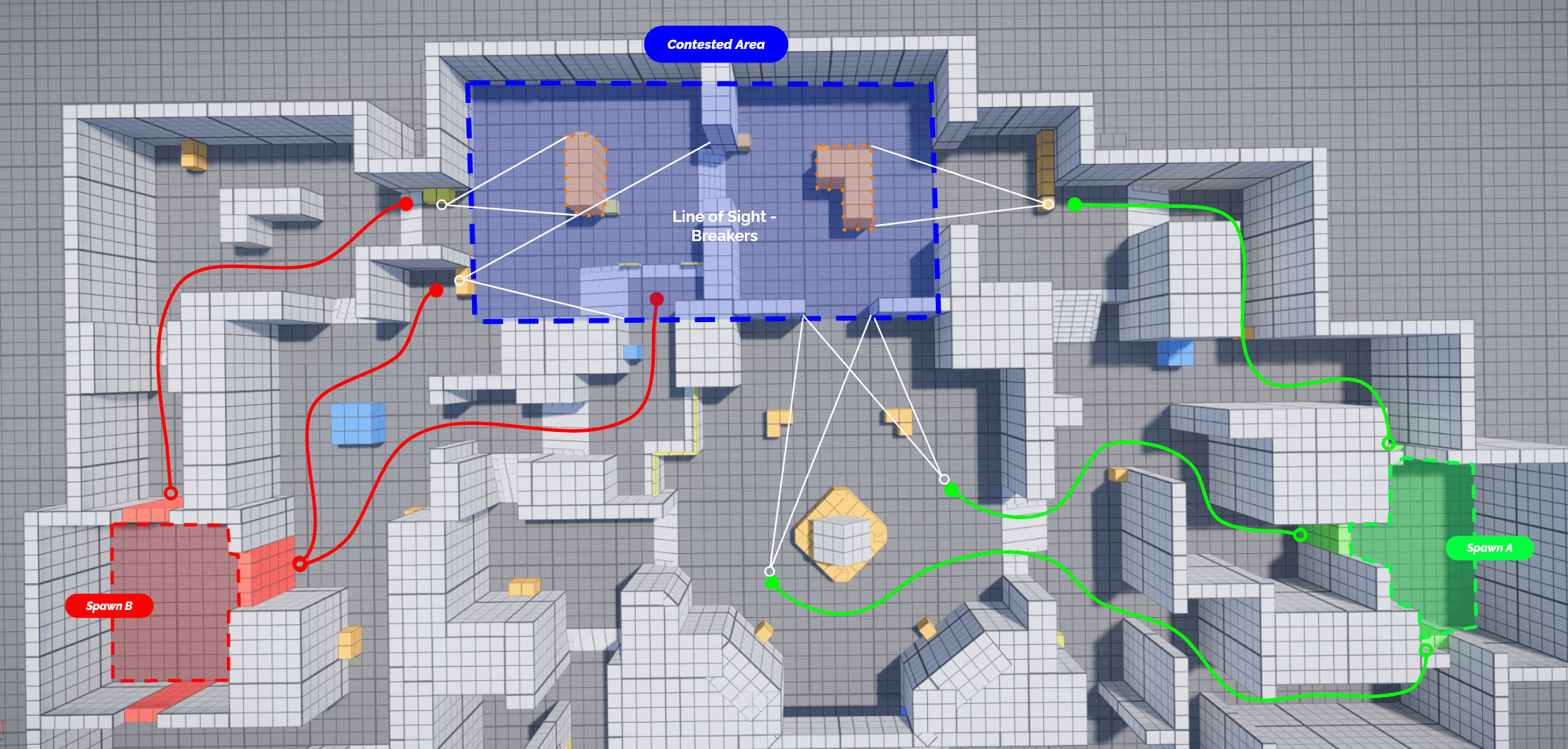
Level Design Intentions :
Here are a few examples of attack vectors taken into consideration for the placement of covers and the number of covers to prevent the player from being overwhelmed.
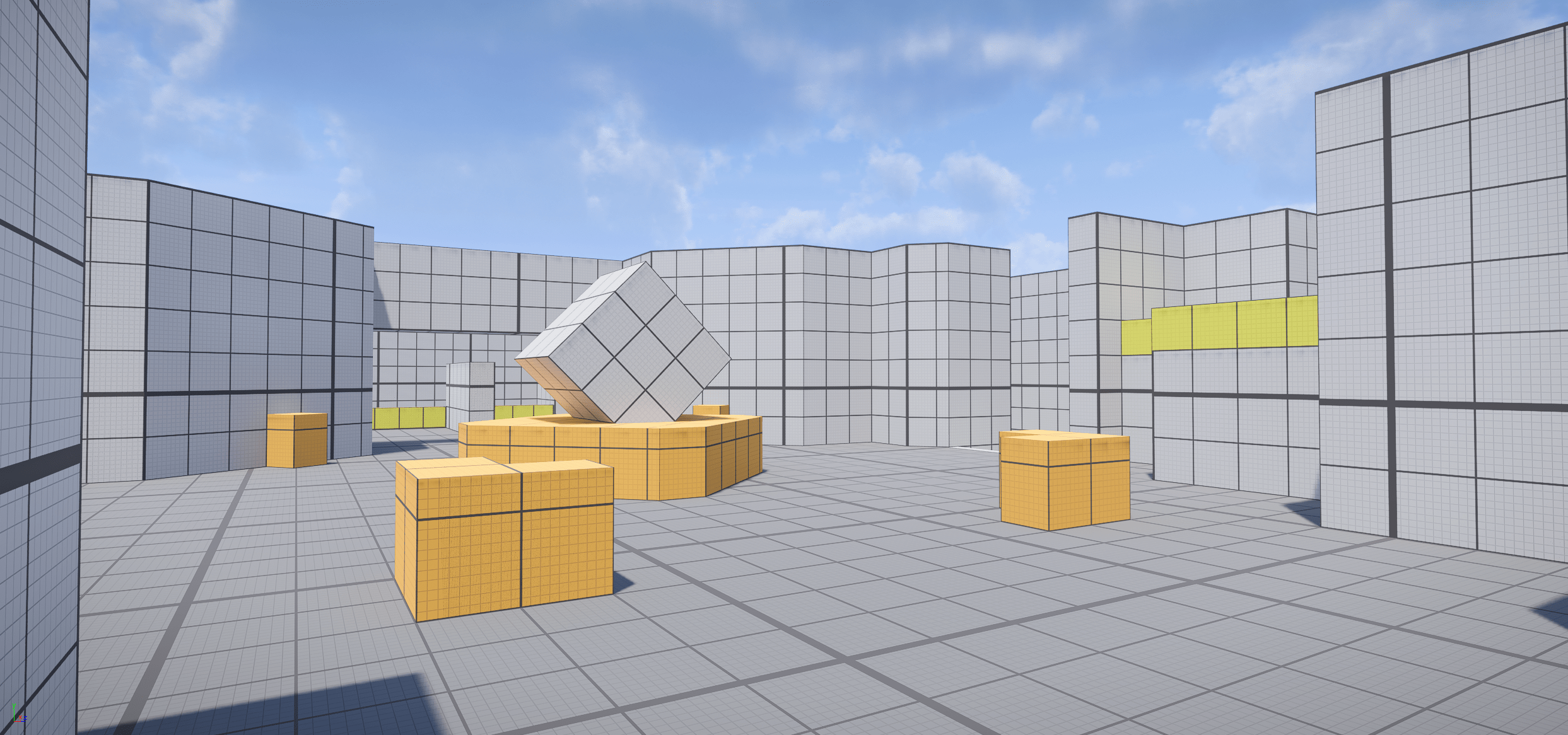
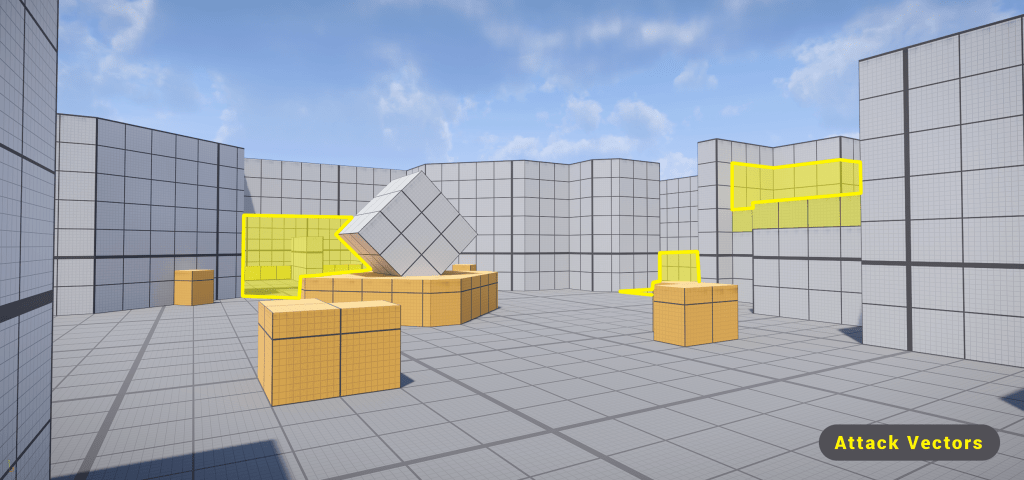
Attack vectors from the vantage point :
The creation of this vantage point in this central square is intentional. The idea is to bring a point of tension (= chockepoint) to the square — a point that will be contested by teams in order to gain an advantage over other teams.
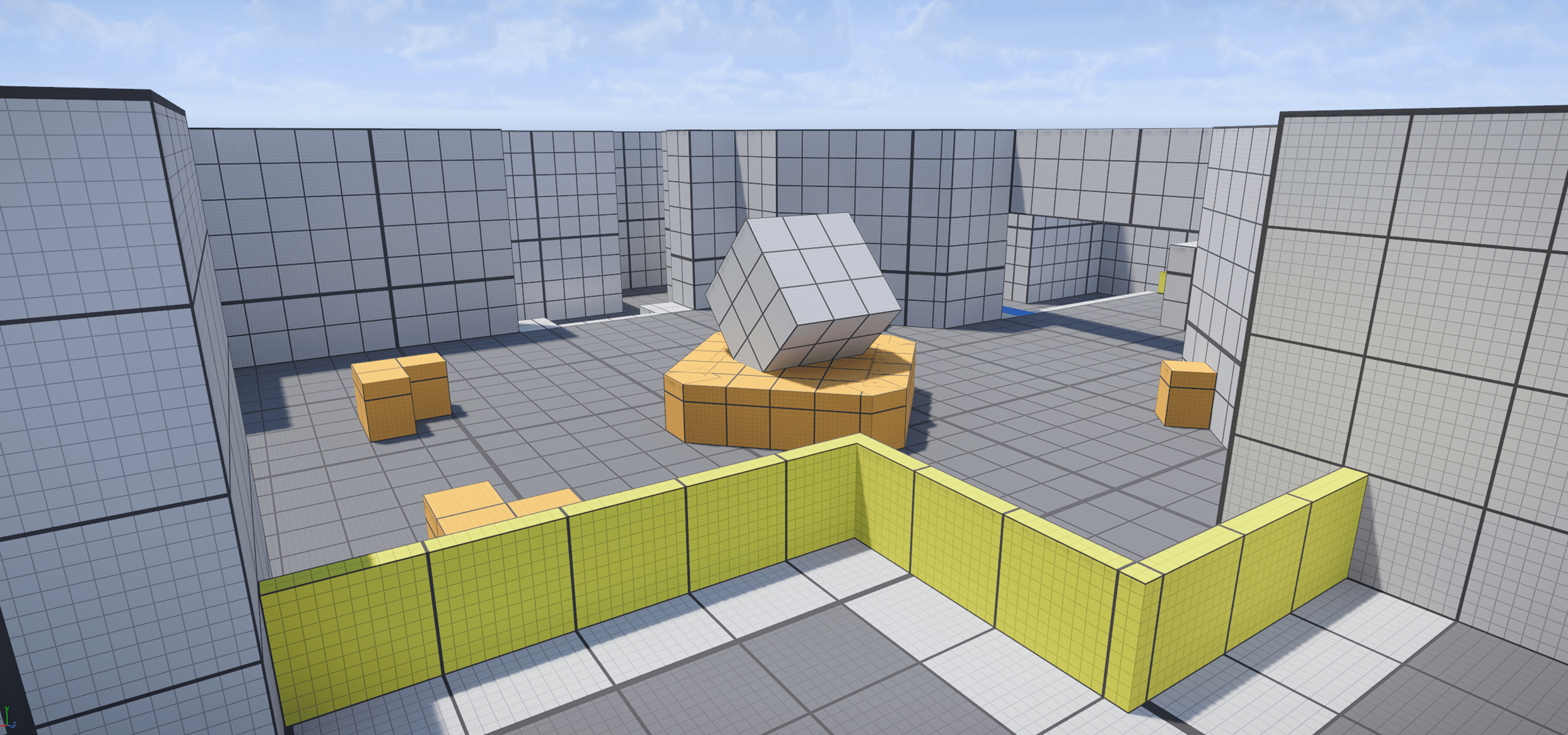
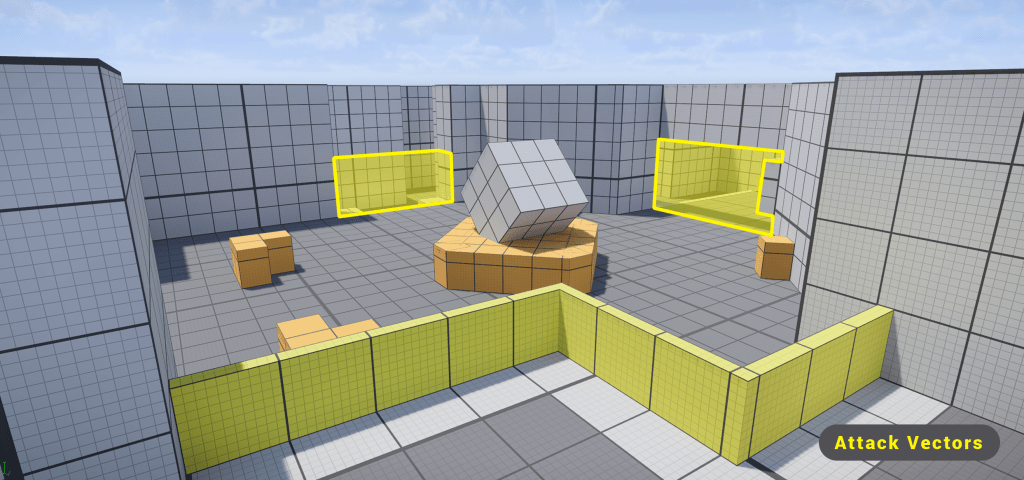
As the player approaches points A & B, the clarity of attack vectors is essential. The player can quickly understand the different opportunities he has, to flank or not flank his opponents.
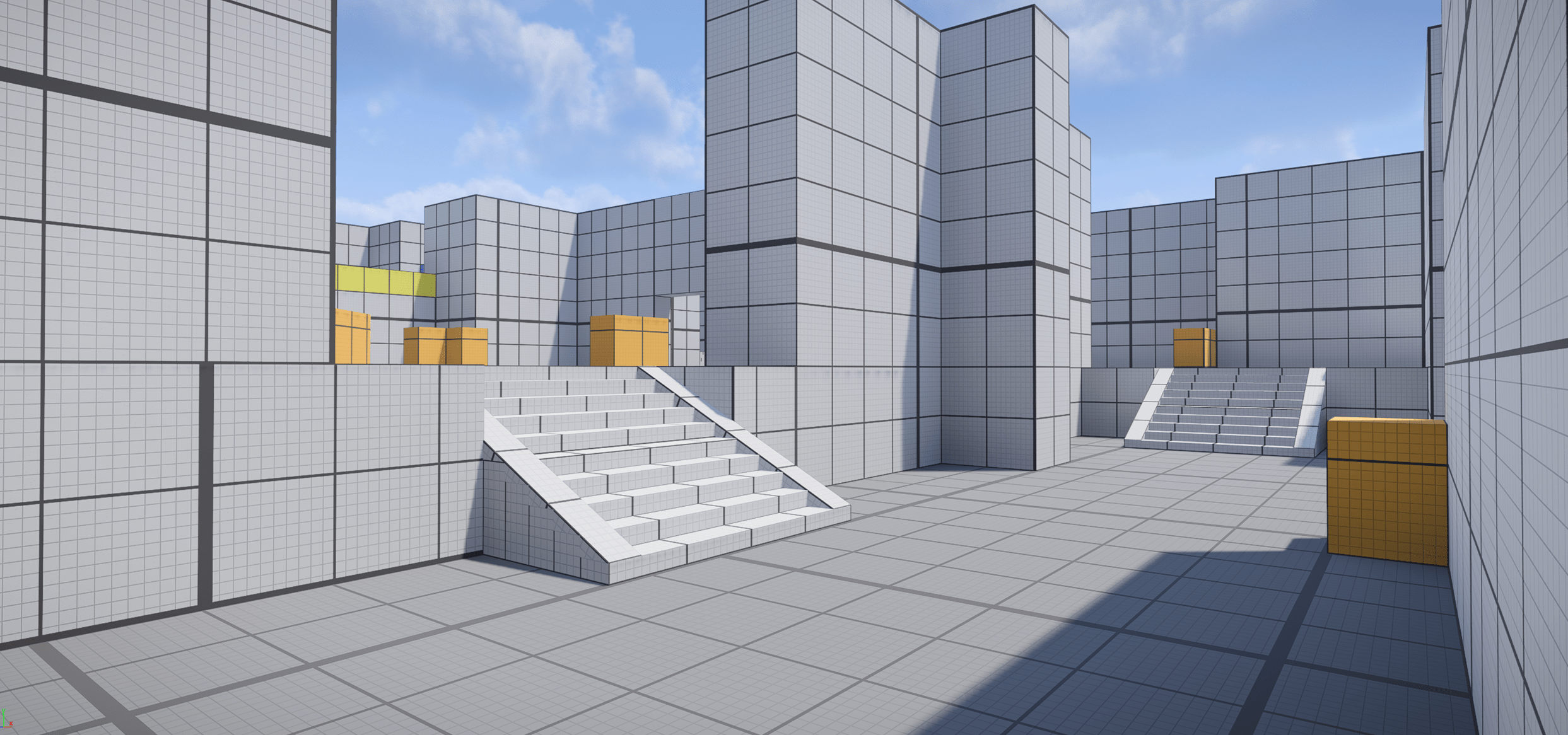
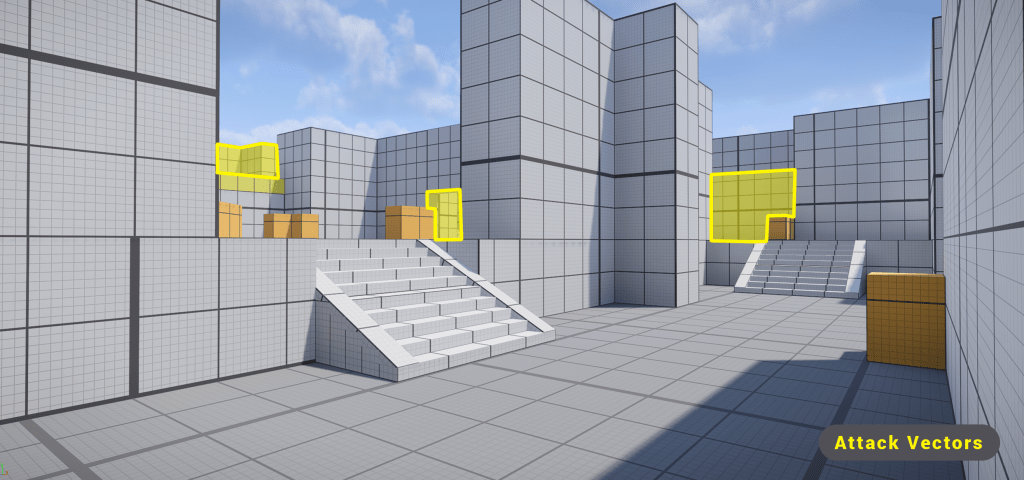
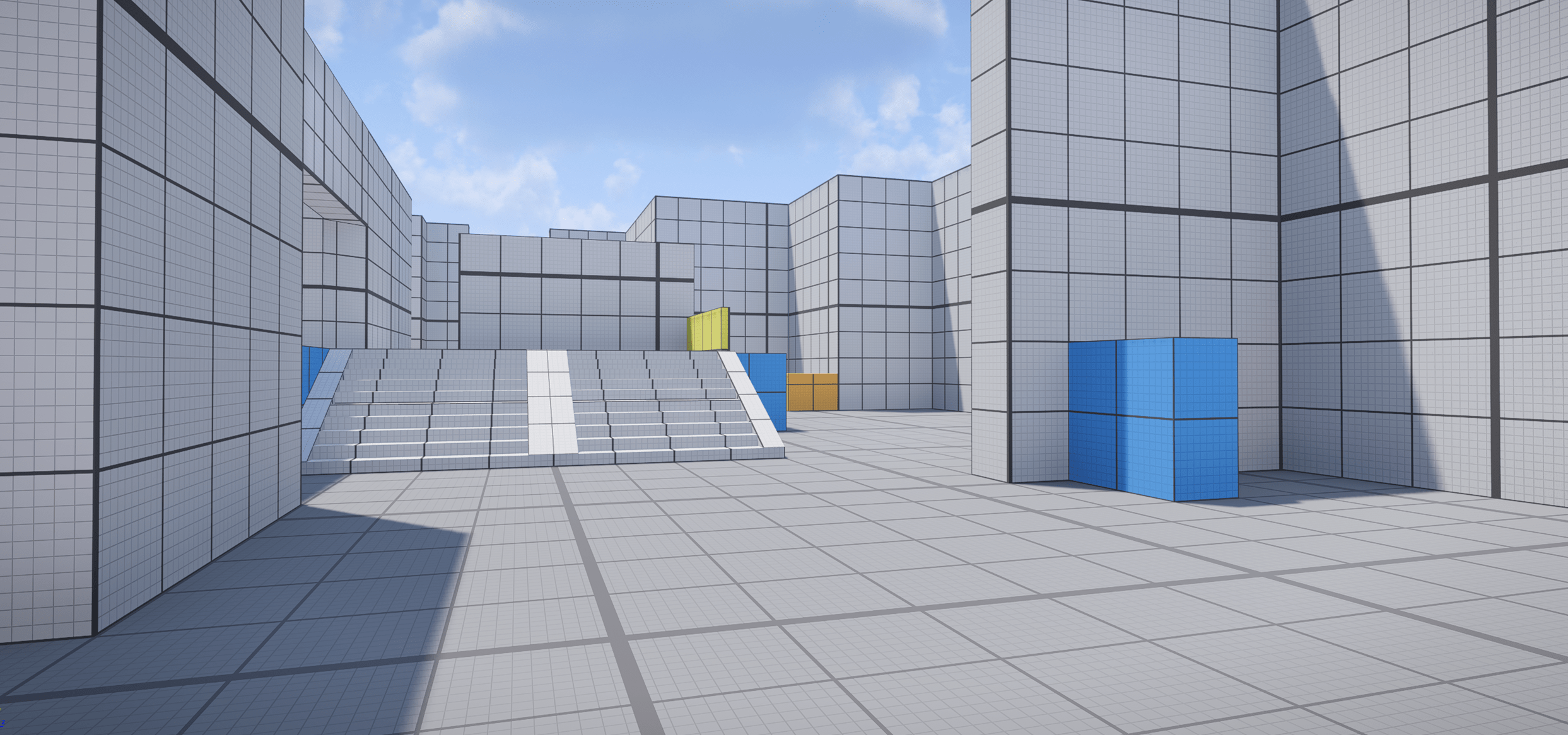
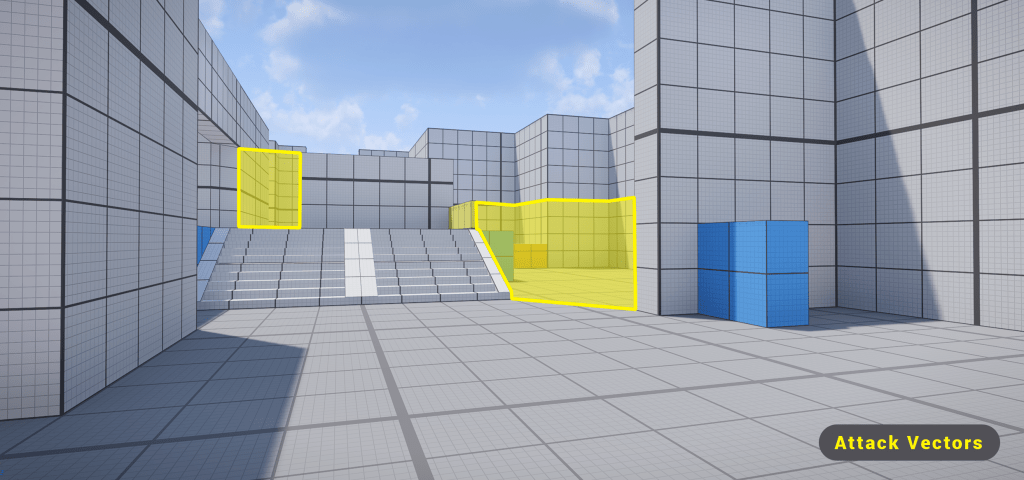
More Article(s) :
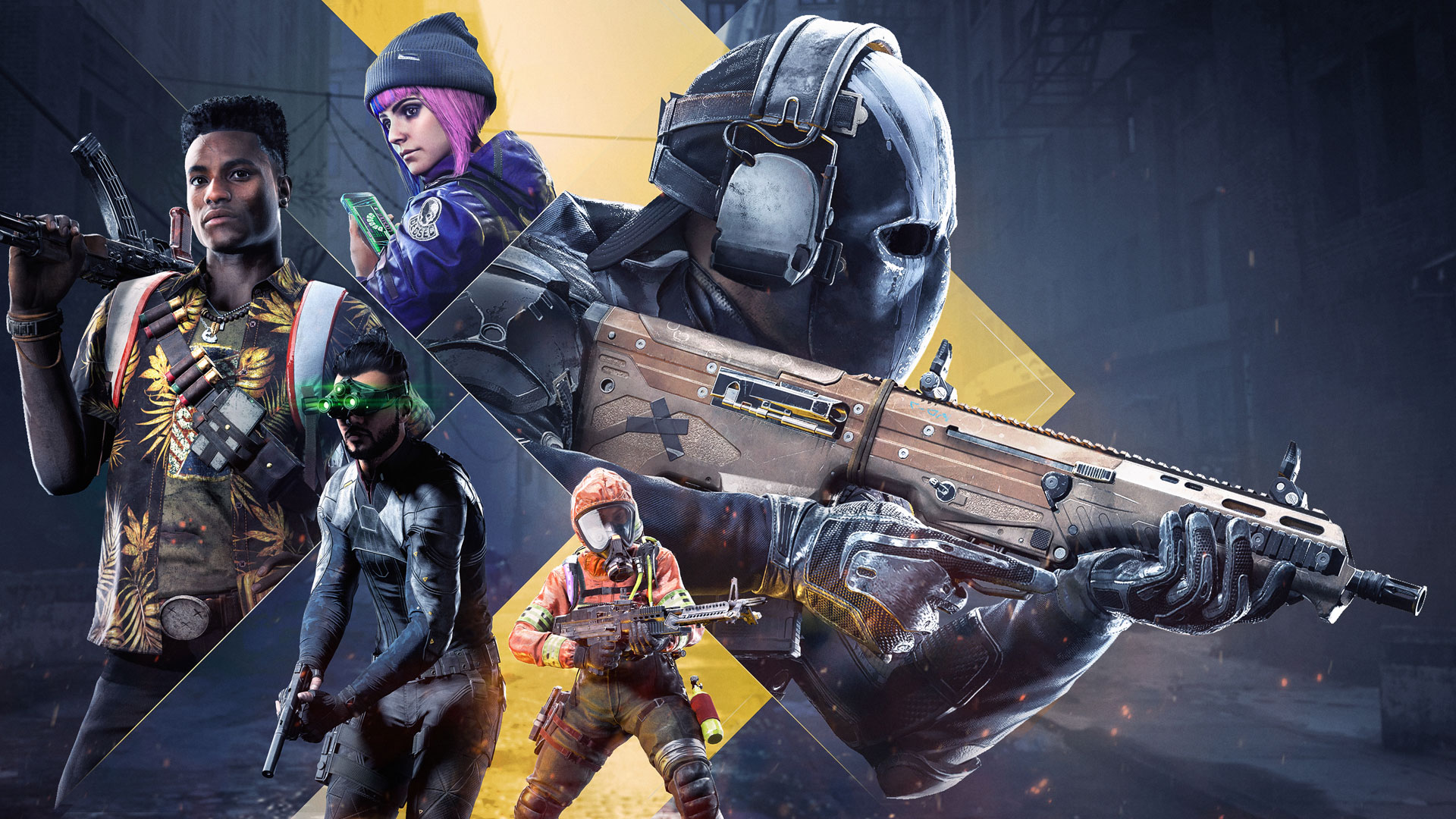
XDefiant – Himalaya Map
Presentation of my work on XDefiant for the Himalaya a 300 meters-long linear map.
XDefiant is a free-to-play First Person Shooter competitive game.